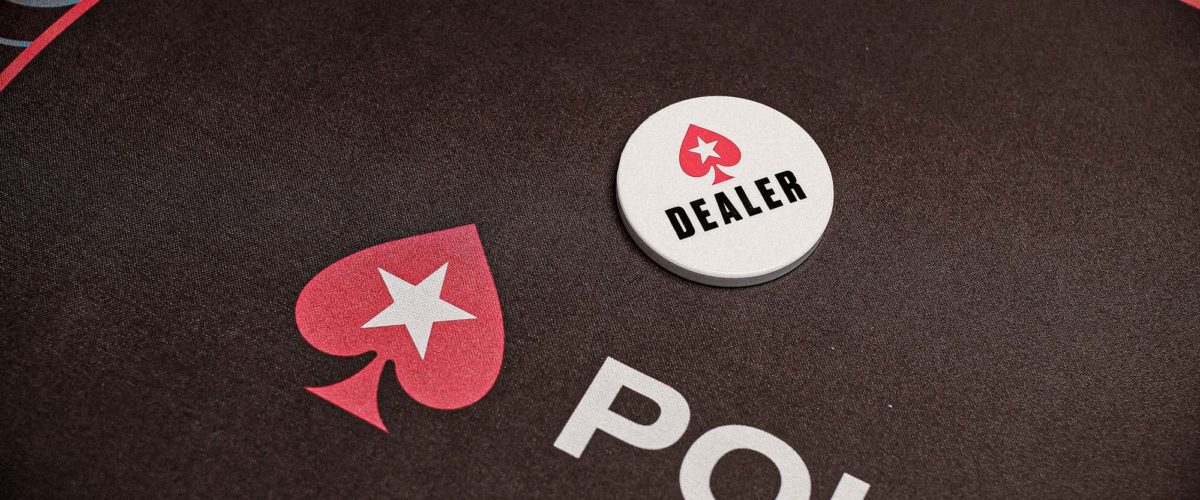Third or First, Second is Worst
Having played correct strategy through the early and middle stages of a single table tournament (STT), then navigated the bubble period, you will find yourself in the final three players – and that means you are in the money. The aim now is to win the tournament outright, and you will need to adjust your strategy once more.
Here are some general guidelines for play when there are only three or two of you left.

Play for first, settle for third
The jump in prize money between second and first is usually greater than the jump from third to second. Therefore you have far more justification to take chances by pushing all in, raising and calling light when there are three players at the table. The chips you gain by playing with a hyper-aggressive style can help you dominate the later stages of a final table and win the tournament. If you bust in third, you have won only slightly less than you would have for finishing second.
Don’t relax
Avoid falling in to the trap of sitting back and relaxing when you make the money spots. Even when there are only three players left, there is still lots to play for and prize jumps to consider. Take note of your opponents’ stack sizes compared with the blinds. Wait two or three hands before pushing with marginal holdings, as many players tend to loosen up considerably as soon as the money bubble bursts. But after that you should start playing aggressively to aim for first place.
CONCENTRATE ON STACK SIZES
As mentioned above, stack size is vital when there are three players left in a STT. Also as before, during the bubble period, you should adjust your strategy according to the relative size of your stack.
Big stack: If you have the biggest stack, you should use this to your advantage by applying as much pressure as you can with raises and re-raises. In most cases you will find that your opponents will surrender and fold. If they do fight back, especially if it is a player with a medium stack, you should be cautious as they are likely to have a strong hand.
Medium stack: When you have a medium stack, avoiding confrontations with the big stack is tough, as the blinds are so high you will often find yourself pot committed. You should therefore be selective with your hands, and instead focus on bullying the short stack, especially if they have been playing very tight. If there is a huge gap between the big stack and short stack however, you may want to sit back and wait for the short stack to bust.
Short stack: If you are the short stack, you should try and play aggressively in the hope of doubling up and getting back into contention. Avoid tussles with the big stack, who can call and knock you out with mediocre hands, but feel free to raise and fight back when up against the medium stack.
CORRECT THREE-HANDED PLAY
Just as in the bubble period, you can make key decisions during three-handed play by refering to the categorisation of hands discussed earlier. Again the key factors are the relative stack sizes at the table and the strength of your two hole cards.
CORRECT ALL IN PUSHES
If you want to get your whole stack in the middle, here are the hands you will need:
| Your position | You are the biggest unfolded stack | An active player has a bigger stack |
|---|---|---|
| Button or small blind | Category 8 | Category 7 |
CORRECT TIMES TO CALL A PUSH WITH A MEDIUM STACK
| Effective stack size | In the big blind | Any other position |
|---|---|---|
| 10BB | Category 3 | Category 2 |
| 8BB | Category 4 | Category 3 |
| 6BB | Category 5 | Category 4 |
| 4BB | Category 6 | Category 5 |
| 2BB | Category 8 | Category 6 |
CORRECT TIMES TO CALL A PUSH WITH A BIG OR SMALL STACK
| Effective stack size | In the big blind | Any other position |
|---|---|---|
| 10BB | Category 4 | Category 3 |
| 8BB | Category 5 | Category 4 |
| 6BB | Category 6 | Category 5 |
| 4BB | Category 7 | Category 6 |
| 2BB | Category 8 | Category 7 |
Exercise: In the Money Strategies
With only three players left, you are all guaranteed some money. But your play now will determine how much. Test out your knowledge in the exercise below:
- You are on the button with the smallest stack – 1,500 chips. The blinds are 100/200 with a 25 ante. You find 8♠ 7♠ . Push all in as you have a Category 7 hand.
- You are in the big blind with the biggest stack – 6,900 chips. The blinds are 200/400 with a 25 ante. You find K♣ Q♣ . The button folds and the small blind pushes all in for 4,000 chips. You can call with your Category 4 hand, as you face a 10 BB push as the big stack.
- You are in the small blind with a medium stack – 4,700 chips. The blinds are 200/400 with a 25 ante. The button pushes for 3,000 chips and you have A♠ 10♠ . Fold, since you have a Category 5 hand and for 8 BB or less you need two categories or better to call.
POST FLOP PLAY
Your post-flop play in a STT does not change significantly from the preferred strategy during the middle stages. Review that article for general advice, before moving on to the heads up lesson.
